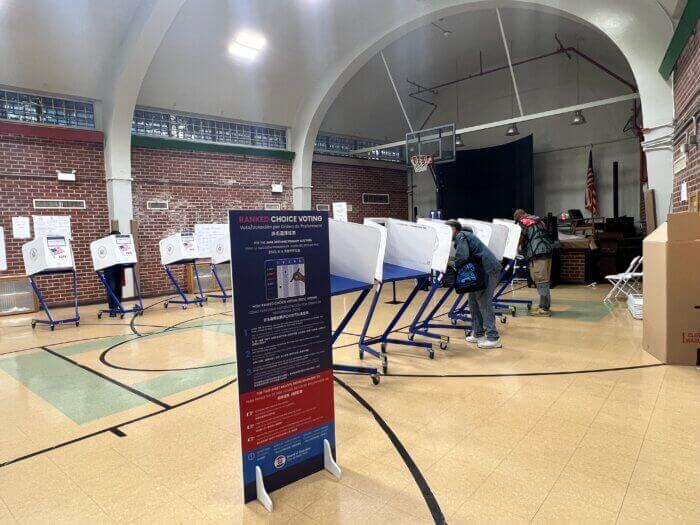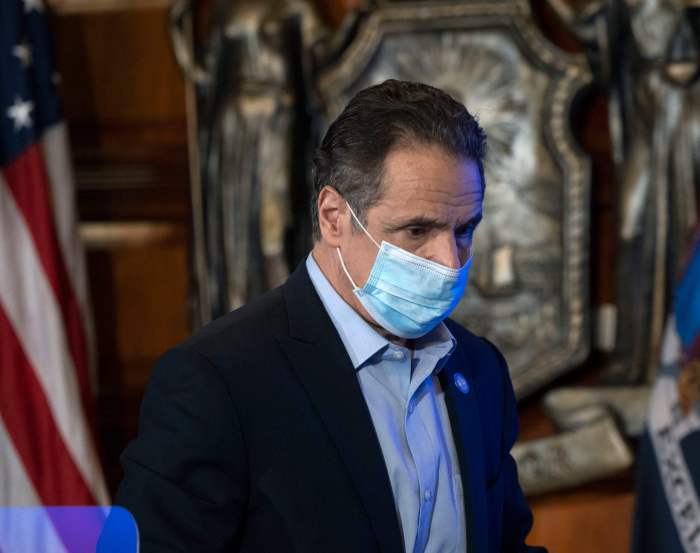The latest twist in New York’s endless redistricting saga occurred Tuesday when a group of Republican voters appealed a court decision allowing the state’s Independent Redistricting Commission to redraw new Congressional maps that handed the GOP several key wins in last year’s midterms.
Yet the notice of appeal filed on July 25, which formally begins the appeals process, did not include a request for a stay — meaning the commission can immediately begin the process of redrawing the state’s 26 Congressional districts.
“The notice of appeal today was a necessary first step,” said Jeff Wice, a New York Law School professor and redistricting expert.
“But we don’t know yet if the plaintiffs are going to request a stay to prevent the appellate division decision from going into effect or preventing the commission from moving forward,” he added.
Earlier this month, a mid-level state appellate court sided with a group of Democratic voters in a 3-2 decision ordering the state’s IRC to reconfigure the Congressional district maps, but the ruling still needs to be upheld by the state’s highest court — the Court of Appeals.
The Democratic voters’ suit was supported in an amicus brief from Governor Kathy Hochul and state Attorney General Letitia James filed in April.
If upheld, it would allow the IRC to replace lines drawn last year by a Steuben County Supreme Court-appointed independent expert — known as a “special master” — who was given authority over the map making process by the Court of Appeals following a suit by the same group of GOP.
At the time, the court had far more conservative makeup under former Chief Judge Janet DiFiore. But now it has a new liberal chief judge, Rowan Wilson, and associate judge, Caitlin Halligan — a change that could favor Democrats’ chances in winning the appeal.
The special master-shaped maps from last year greatly benefited Republicans, handing them seats in three swing districts and two open seats. Many politicos credit the five seats Republicans picked up in New York with delivering them a narrow majority in the House.
Therefore, if the IRC is allowed to once again redraw the maps, Democrats could come out with much more favorable maps in the Empire State that give the party a good shot at retaking Washington’s lower chamber in the 2024 election cycle.
While the commission is comprised of an even number of Democratic and Republican appointees, its plans ultimately must be approved by the state legislature — giving the Democratic supermajorities in Albany outsize control over the process.
Still, New York GOP spokesperson Joe Pinion, who ran unsuccessfully against U.S. Senate Majority Leader Chuck Schumer last year, said the party is confident the Court of Appeals will rule in their favor.
“At the end of the day, precedent should be binding,” Pinion said. “We will proceed of course to hopefully make sure that the people of New York get the just representation they deserve, which was received when the special master delivered fair districts that did not give preference to either political party or politicians individually.”
Wice said he’s still waiting to see how the IRC decides to proceed with the map-drawing process, given that there’s a tight-timeframe in order to have a set of new maps approved by state lawmakers in time for next year’s primaries. For instance, the commission could decide to hold public hearings, which will slow the process, and there’s a possibility the legislature could reject the commission’s maps and draw new lines itself.
“A congressional map needs to be in place by early February. In order to prepare for the spring 2024 primary,” Wice said. “A lot of steps still have to play out. But the clock is running.”




































